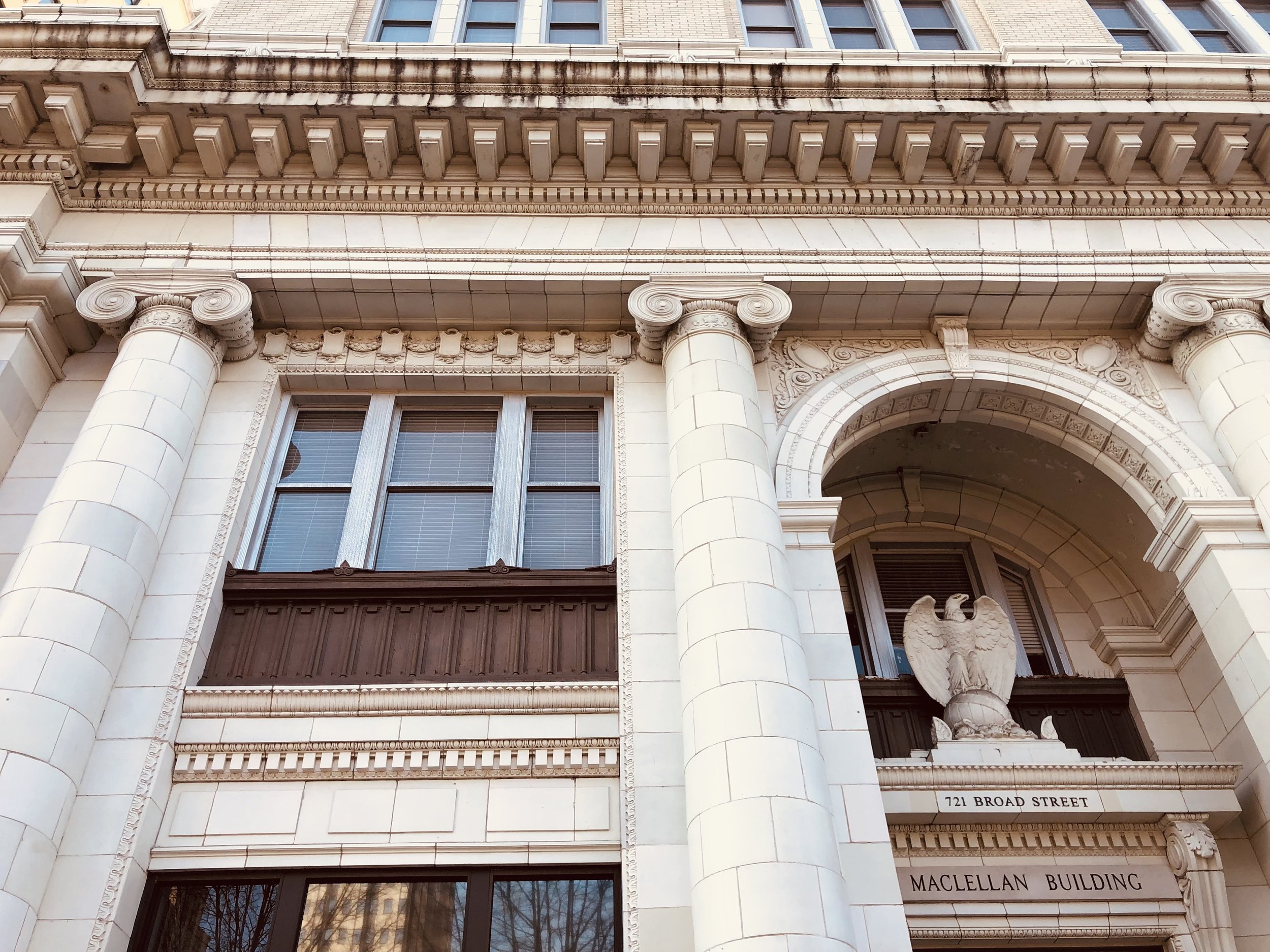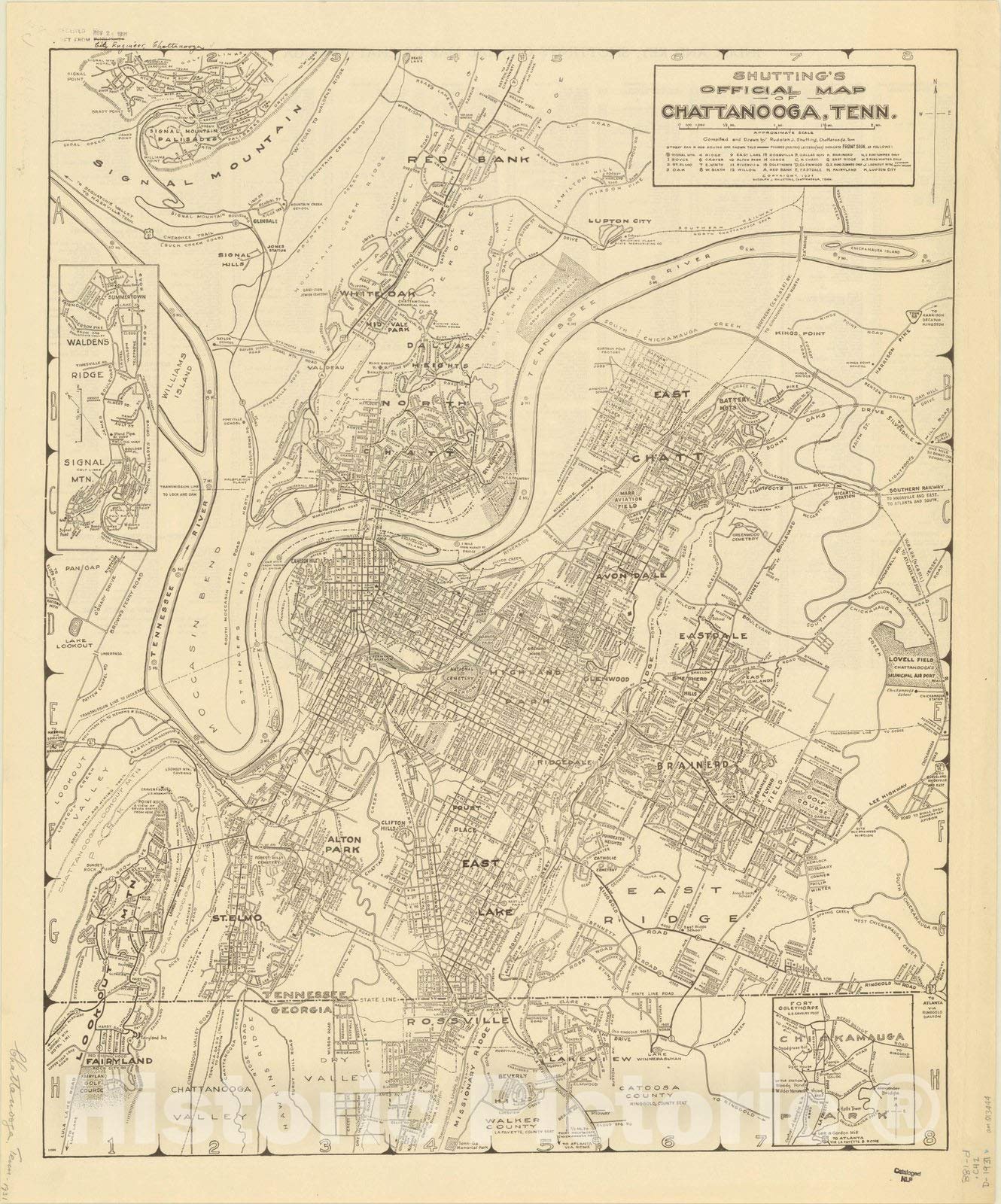

ARCHITECTURAL WALKING TOURS
Explore Chattanooga’s architecture and history through one of our self-guided walking tours.
Watch for the gold star properties - Chattanooga’s must-see architectural and historic gems.
Thank you, Chattanooga Tourism, for awarding our organization a Cultural Tourism Advancement Grant for this project!
Support Our Tours
Help us continue to offer free walking tours to the public by making a donation to Preserve Chattanooga. With your support, we can expand out tour offerings. Send us note and let us know about your experience.
-

DOWNTOWN HISTORIC DISTRICT
Explore the city’s histric core and see some of its most beautiful buildings.
-

SOUTHSIDE
Discover the city’s railroad past, includng the famous Chattanooga Choo Choo Terminal.
-

MLK DISTRICT + PATTEN PARKWAY
Learn about the African American musical heritage of “The Big 9” and explore the original market square.
-

STONE FORT
The name eludes to the quarry that once existed here. Now it’s a center of local government.
-

UNIVERSITY + MCCALLIE AVE.
The University of Tennessee and its adjacent environs highlight many beautiful and historic churches.
-

THE HUNT FOR RH HUNT
Chattanooga’s “Master Architect” has left hi mark by designing many of the city’s architectural treasures.

Explore Our City with Kids
Exploring Chattanooga’s historic architecture and neighborhoods with kids from an early age can help foster their creativity and engage them with local history.
Take kids for a walk around places where they are able to interact with the built environment, including public parks, monuments, plazas, and buildings. Bring along some art supplies, such as paper and crayons, so they have a creative outlet during your exploration, and see if they want to draw a building or make a rubbing of an architectural detail or pattern.
To further enhance the kids’ experience, do some brief research about the site or neighborhood beforehand so you can talk to them about their surroundings and see what grabs their attention. They will fall in love with Chattanooga’s historic places and help us protect them for future generations.

DIG DEEPER
Learn more about Chattanooga’s architectural heritage and its history by exploring the sites below. Connect all the dots from basic geology to famous architects.
-
The ChattaStory Project aims to engage and connect people with places by immersing them in the geography, geology, and history of local sites using interactive ESRI ArcGIS StoryMaps. The StoryMaps can be viewed on a computer, phone, or tablet. Visit the site.
-
Launched in 2014 as ‘Deep Zoom Chattanooga’, this site is a free public portal to rarely accessible historic resources. Visit the site.
-
The Chattanooga Historical Society’s online photo database. Visit the catalog.



